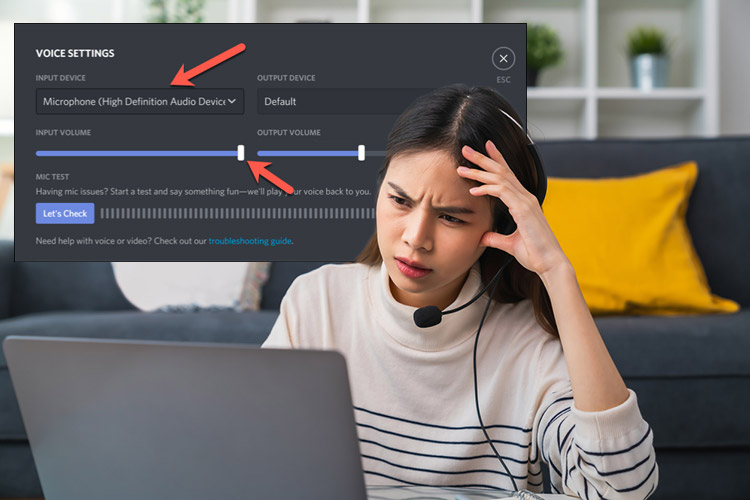Conference calls are expected when working with remote staff. Supervisors and their remote teams constantly connect online to discuss projects and tasks. However, many things can go wrong during a conference call. There may be unexpected background noises, static, overly perceptive mics, or outright disconnections.
These issues may be uncontrollable, but it does not mean that they are completely unavoidable. Oftentimes, they happen due to careless mistakes. For the betterment of a productive call, it’s best to avoid the making these mistakes when possible. While most of these can easily be fixed, others can stem from a hardware problem, possibly a sub-par speaker or mic, or worst–a connectivity issue.
1. Call Domination

Being on a conference call with a remote staff can be quite jarring if you are accustomed to traditional meetings. It is all too easy to forget that when someone is talking, the person who is talking louder would be heard over someone who is talking quietly. Make sure that you speak loudly and clearly during a conference call. Doing so serves as a workaround for a sub-par mic or speaker, which you may have to use.
Another mistake would be talking over people in the call. This would be a challenge since it’s hard to predict when another person is about to speak. An easy remedy for this is to allow an appropriate amount of silence before speaking. When asking a question allows a significant amount of time for others to think before resuming the conversation. If someone has been talked over, allow them to repeat what they have said to avoid any confusion.
2. Mic Issues

When using headphones for a conference call, ensure that your microphone is not too close to your mouth nor nose. This is to stay away from the pet peeve of hearing someone heavily breathing during the call. You need proper mic placement to ensure clarity of voice and to keep it far enough away from your breath.
Another mic-related issue has to do with the mute function. It’s knowing how and when to mute your end of the call and how to unmute your call. It is not uncommon for someone to say something that would greatly benefit the direction of the call, only to find out they were still on mute.
3. Deviating From the Agenda

Setting an agenda for a conference call would dictate the topic to be discussed for that meeting. Deviating from this set discussion seems difficult on paper. However, in practice, it is far too easy to stray from one topic to another. Establishing an agenda for the call ahead of time ensures that people participate in the call are able to prepare for the topic. Assign roles in advance so that people will know what point in the agenda they will be responsible for and to keep track of the duration of the call.
This also applies to the time set aside for the call itself. Should the call only be scheduled for two hours, set it to end by the agreed-upon time. Of course, you are allowed a few minutes to extend for closing notes and recounting the accomplishments made in the call.
4. Background Noise

While background noise is often from circumstances beyond your control, these distracting noises can disrupt the flow of the call. Moreover, backtracking to the topic proper requires precious time.
However, if you can avert the noises, do so. Place your pet in the backyard. Tell your kids not to disturb you or make too much noise unless it’s an emergency. Set your devices to silent mode for the duration of the call. These can all lead to a more productive call. Should these noises arise, it would be best if you mute your end of the call to avoid any unnecessary noise.
5. Not Specifying Who You Are or Who You Are Speaking To

It is easy to forget that the other participants in the call may not be your daily workmates, and thus, will not recognize you by your voice alone. They may even be people who simply know you by name in company files. In order to avoid confusion, it is a good practice to state your name when you speak in conference calls before you begin what you are about to say. This is also good for other participants if what you are about to say next is a question since they know your name and maybe even your department, helping provide the proper guidance when they respond.
Another good rule of thumb when asking a question over a conference call is specifying to whom a question is addressed. Dropping a question in an audio-only call without specifying who it is for can lead to minor confusion or perhaps the entire team will assume that it was a general question. This can derail the topic for others.
Making sure that a conference call goes as planned can be a challenge. Thus, equipped with these tips when scheduling or hosting a conference call can definitely avoid distractions, leading to a better output. So remember when working with a remote staff from the Philippines, always let your colleagues or call participants know about these points before a call takes place to help keep everyone on the same page.
If you want to learn more about proper conference call etiquette or remote staffing, you may contact our recruitment experts. Simply schedule a callback with us or give us a call.




















